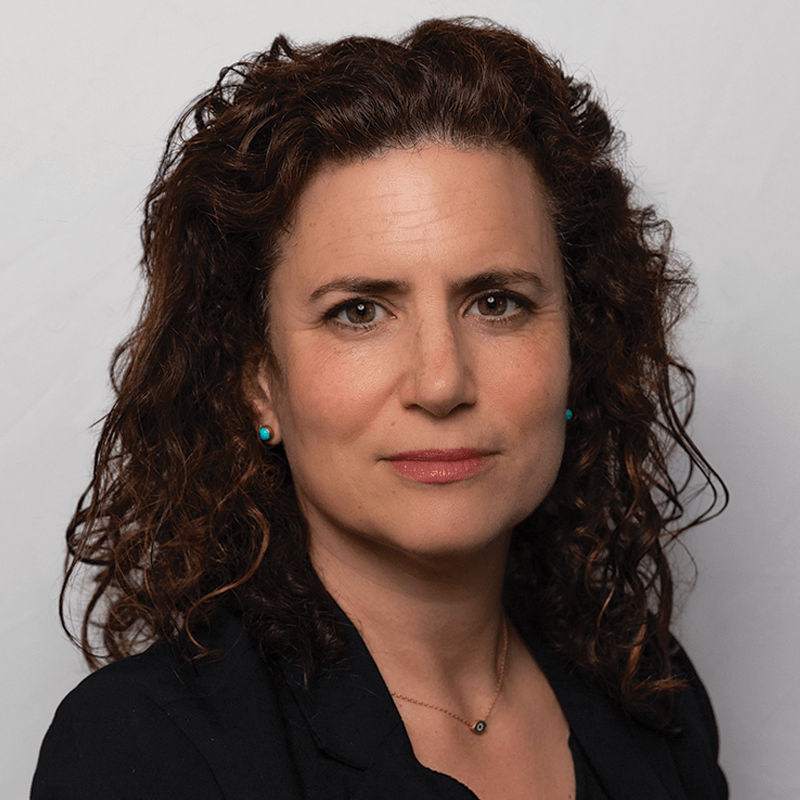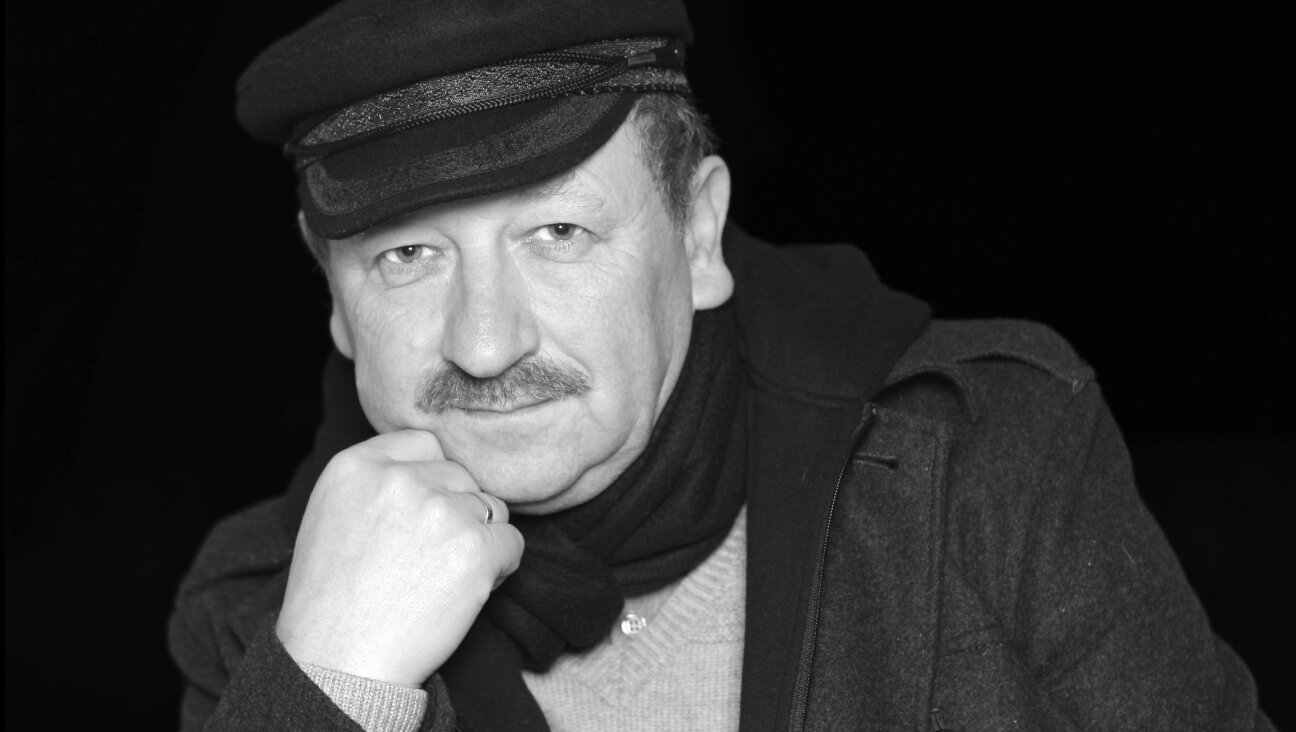A Shayle About Shayle
Malevitz has asked a good question. The different pronunciation of words like flaysh/fleysh or khayn/kheyn is one of the main features defining the border between what is known as “Central Yiddish,” i.e., the Yiddish that was spoken in most of Poland and southward into Transylvania, and the “Eastern Yiddish” (subdivided into “Northeastern” and “Southeastern”) spoken in Lithuania, Latvia, eastern Poland, Belarus, Ukraine and Rumania. According to all the rules, the Hebrew word she’eylah, pronounced shayle to the west of this border, should be sheyle to the east of it. Why isn’t it?
Frankly, I don’t know. We indeed seem to be dealing with a curious anomaly. If one takes similarly vocalized Hebrew words in Yiddish, such as beheymah, “cow,” or geneyvah, “robbery,” they are indeed pronounced behayme and gnayve in Central Yiddish and beheyme and gneyve in Eastern Yiddish. This should have happened with she’eylah and didn’t.
At the same time, one needs to keep in mind that Eastern Yiddish does have an “ay” vowel and that its speakers are routinely used to this sound; they just articulate it in words where Central Yiddish speakers don’t. Thus, for instance, the word for “white,” pronounced vaas in Central Yiddish, with a long “a” vowel like that of “father,” is vays in Eastern Yiddish, and maan, “mine,” in Central Yiddish is mayn in Eastern Yiddish. This distinction, too, forms part of the border between the two dialects.
Moreover, there are even some unusual cases in which, as in shayle, the “ay” of Central Yiddish remains “ay” in areas of Eastern Yiddish, too. In his “Geshikhte fun der Yiddisher Shprakh,” the Yiddish linguist Max Weinreich remarks on the odd fact that the Central Yiddish suffix –hayt, a cognate of the English –hood that roughly corresponds to it, (e.g., kindhayt, “childhood,” frayhayt, “freedom”), remains –hayt in Northeast Yiddish and does not change to -heyt as might be expected, even though this does happen in Southeast Yiddish. And Weinreich comments, “Although this articulation [in Northeast Yiddish] certainly seems to be taken from Central Yiddish, I cannot think of any explanation for it.”
If a great linguist like Weinreich could not explain why the Central Yiddish -hayt failed to become the Northeast Yiddish -heyt, an amateur like myself can be excused for being stumped by the question of shayle. The only possible solution I can think of is one based on the analogy of written forms. If we look at the spelling of the Hebrew word she’eylah, dly<em style="i">, </em>we see that, although there are no other similarly vocalized Hebrew words in Yiddish having the pattern of consonant-<em style="i">alef</em>-consonant-<em style="i">heh</em>, there are slightly differently vocalized words that do have this pattern, such as <em style="i">ga’avah, </em>deb, meaning “pride”; ta’avah, dez, meaning “lust,” and <em style="i">de’agah, </em>dbc, meaning “worry.” In their pronunciation, moreover, all of these words fit the rules for the Central Yiddish/Eastern Yiddish border — that is, in Central Yiddish they are pronounced gaave, taave and daage; in Eastern Yiddish, gayve, tayve and dayge.
My suggestion with regard to the word shayle, therefore, is that, since Hebrew words in Yiddish are printed (as they generally are in Hebrew) without their accompanying vowel signs, Eastern Yiddish speakers, seeing that the words for “pride,” “lust,” “worry” and “question” all had the same pattern of spelling, may have brought their pronunciation of the last of these into line with the others. That is, since they said gayve, tayve and dayge, and not geyve, teyve and deyge, it may have seemed natural to them to say shayle and not sheyle as well.
Regularizations of pronunciation based on analogies of spelling do sometimes take place in literate cultures. The tendency of some Americans to pronounce the first syllable of “almond” as “ah,” for example, though it strikes many people as affected, comes from the written analogy with words like “calm,” “palm” and “balm.” Perhaps something similar happened with shayle in Eastern Yiddish.
The Forward is free to read, but it isn’t free to produce

I hope you appreciated this article. Before you go, I’d like to ask you to please support the Forward.
Now more than ever, American Jews need independent news they can trust, with reporting driven by truth, not ideology. We serve you, not any ideological agenda.
At a time when other newsrooms are closing or cutting back, the Forward has removed its paywall and invested additional resources to report on the ground from Israel and around the U.S. on the impact of the war, rising antisemitism and polarized discourse.
This is a great time to support independent Jewish journalism you rely on. Make a gift today!
— Rachel Fishman Feddersen, Publisher and CEO
Support our mission to tell the Jewish story fully and fairly.
Most Popular
- 1

Culture Cardinals are Catholic, not Jewish — so why do they all wear yarmulkes?
- 2

Fast Forward Ye debuts ‘Heil Hitler’ music video that includes a sample of a Hitler speech
- 3

News School Israel trip turns ‘terrifying’ for LA students attacked by Israeli teens
- 4

Fast Forward Student suspended for ‘F— the Jews’ video defends himself on antisemitic podcast
In Case You Missed It
-

Yiddish קאָנצערט לכּבֿוד דעם ייִדישן שרײַבער און רעדאַקטאָר באָריס סאַנדלערConcert honoring Yiddish writer and editor Boris Sandler
דער בעל־שׂימחה האָט יאָרן לאַנג געדינט ווי דער רעדאַקטאָר פֿונעם ייִדישן פֿאָרווערטס.
-

Fast Forward Trump’s new pick for surgeon general blames the Nazis for pesticides on our food
-

Fast Forward Jewish feud over Trump escalates with open letter in The New York Times
-

Fast Forward First American pope, Leo XIV, studied under a leader in Jewish-Catholic relations
-
Shop the Forward Store
100% of profits support our journalism
Republish This Story
Please read before republishing
We’re happy to make this story available to republish for free, unless it originated with JTA, Haaretz or another publication (as indicated on the article) and as long as you follow our guidelines.
You must comply with the following:
- Credit the Forward
- Retain our pixel
- Preserve our canonical link in Google search
- Add a noindex tag in Google search
See our full guidelines for more information, and this guide for detail about canonical URLs.
To republish, copy the HTML by clicking on the yellow button to the right; it includes our tracking pixel, all paragraph styles and hyperlinks, the author byline and credit to the Forward. It does not include images; to avoid copyright violations, you must add them manually, following our guidelines. Please email us at [email protected], subject line “republish,” with any questions or to let us know what stories you’re picking up.














